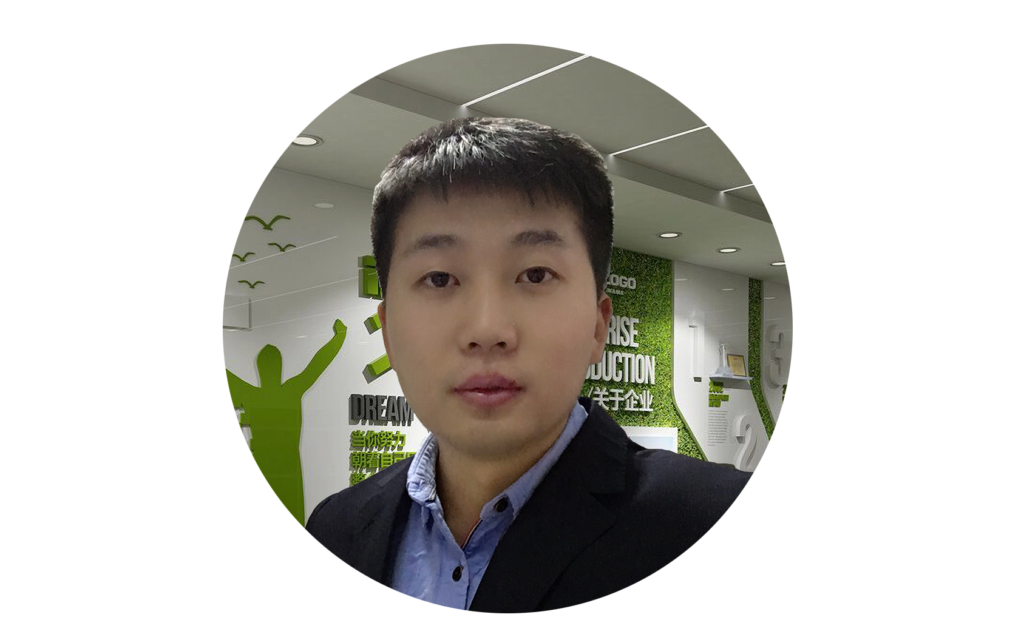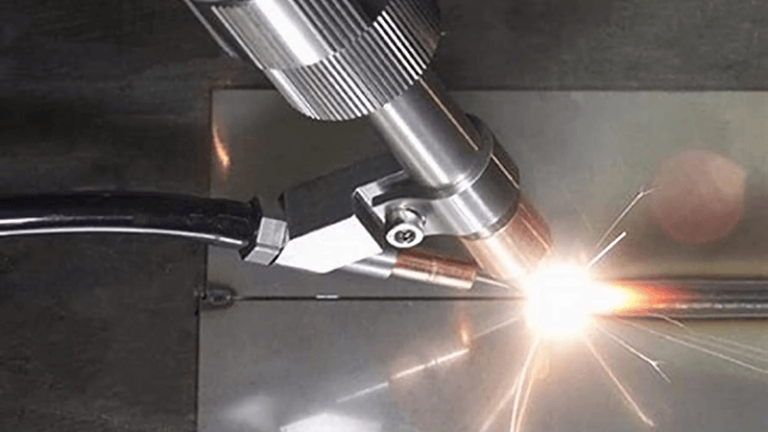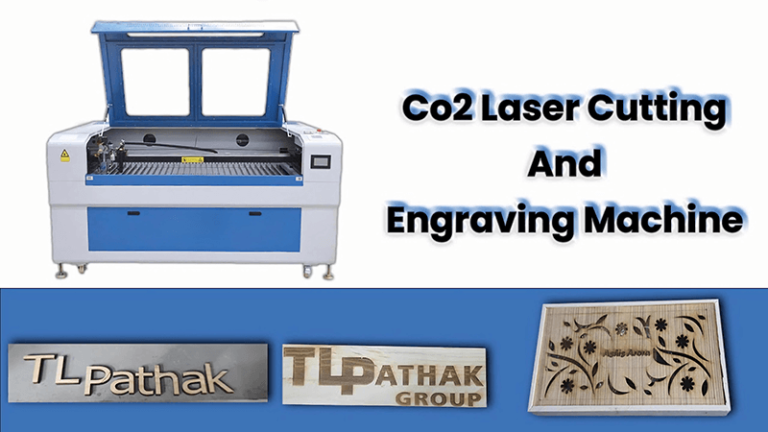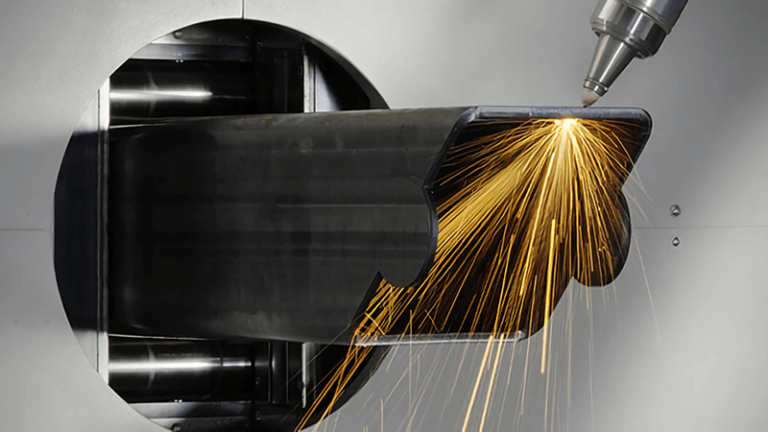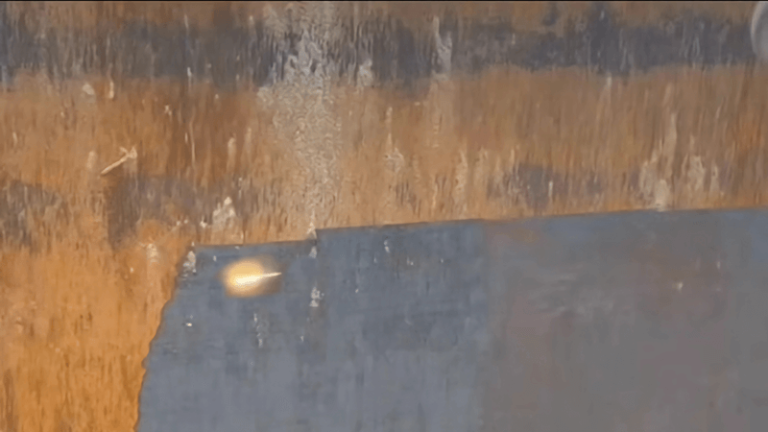When it comes to laser cutting, the power of the laser cutter plays a crucial role in its ability to deliver precise and efficient cuts. As someone deeply involved in the laser cutting industry, I’ve learned that choosing the right laser power is essential for optimizing performance, especially for complex materials and thicker sheets.
The power of a laser cutting machine directly impacts its cutting capabilities. Higher power allows for cutting thicker materials at faster speeds, but it also requires careful consideration of other factors, such as material type and desired edge quality, to ensure optimal results.
Let's explore how laser power influences the cutting process and answer some common questions regarding laser cutting machine power.

What is the power of laser cutting machine?
Laser cutting machines come in a range of power capacities, with fiber lasers being among the most popular for their efficiency and precision. Understanding what power level you need is key to ensuring that the machine fits your specific cutting requirements.
The power of a laser cutting machine is typically measured in watts, and it plays a significant role in determining how effectively it can cut through different materials. The more powerful the laser, the thicker the material it can cut, and the faster it can process parts.
Laser cutting machines, particularly fiber lasers1, are available in a variety of power levels, ranging from 500W to 12kW or even higher. The appropriate power for your needs depends largely on the material you are cutting and the thickness of the sheet.
- 500W to 1kW: Suitable for cutting thin materials, typically up to 5mm in thickness. These are common choices for industries that focus on smaller components, such as electronics.
- 1kW to 2kW: Ideal for cutting up to 8mm thick steel. Many businesses use 1.5kW lasers for their balance of power and efficiency in cutting stainless steel and aluminum.
- 3kW and above: These higher-power machines are capable of cutting thicker materials, from 10mm to 12mm, and are often found in industries that require heavy-duty cutting2, such as automotive or aerospace.
The power of a laser is not only about how thick it can cut but also how fast it can complete a job. A higher-power laser can cut thicker materials at faster speeds, reducing the overall processing time. However, it’s essential to adjust the cutting parameters3, including cutting speed, gas pressure, and focal length, to ensure the cuts are clean and the edge quality meets industry standards.
| Laser Power | Suitable Material Thickness | Typical Applications |
|---|---|---|
| 500W - 1kW | Up to 5mm | Electronics, thin metals |
| 1kW - 2kW | 5mm - 8mm | Automotive parts, precision cutting |
| 3kW - 6kW | 10mm - 12mm | Heavy-duty industries, construction |
| 8kW and above | 12mm+ | Aerospace, high-performance cutting |
For example, at Kirin Laser, we often recommend our 3kW fiber laser cutting machines for clients in industries like automotive manufacturing, where precision and speed are critical. It’s important to understand the material, application, and end-product requirements to select the right machine and power.
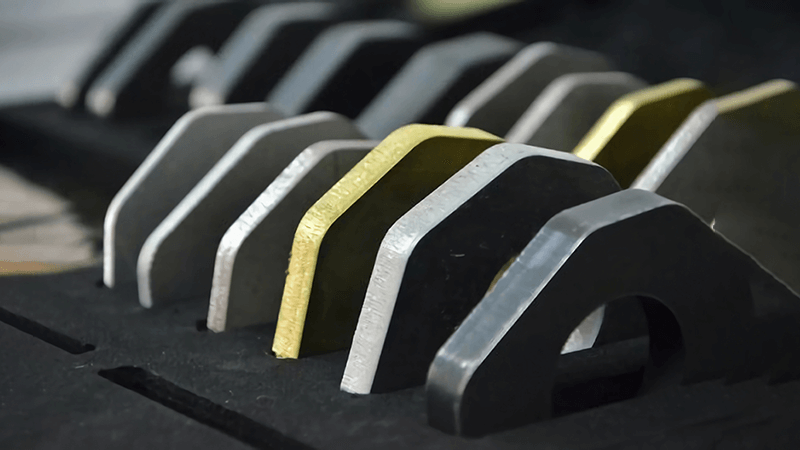
What is the minimum power for a laser cutter?
Many manufacturers, especially those just starting out, wonder what the minimum power requirement for a laser cutter is. The answer depends on the material and thickness you need to cut. Let’s break down the essentials.
The minimum power for a laser cutter typically starts at around 500W. This is enough for cutting thin materials, but if you're working with thicker sheets or need faster cutting speeds, you’ll likely need a more powerful machine.
For businesses that are just getting started or working with smaller components, a 500W4 laser cutter might be sufficient. These machines can cut thin metals and non-metal materials with precision, making them ideal for tasks like engraving or cutting light gauge stainless steel and aluminum. However, the minimum power for a laser cutter will vary depending on the specific needs of your production process.
- 500W: This is typically sufficient for cutting thin sheet metal, around 1mm to 2mm, and for engraving applications. It’s a common choice for industries like jewelry or electronics.
- 1kW: A 1kW5 laser is a popular choice for small to medium-sized businesses. It can handle materials up to 5mm in thickness and is more versatile, able to cut a broader range of metals and other materials like plastics and woods.
- 1.5kW: This power level provides a good balance for cutting stainless steel and aluminum up to 6mm thick. It's often chosen for industries that require higher precision and faster cutting.
The challenge with lower-power machines is that they may not offer the speed and efficiency needed for larger production volumes. In these cases, upgrading to a more powerful laser cutter can drastically improve cutting speeds and material handling capacity.
| Laser Power | Material Thickness | Ideal For |
|---|---|---|
| 500W | Up to 1mm | Engraving, light sheet metals |
| 1kW | Up to 5mm | Small parts, versatile cutting |
| 1.5kW | Up to 6mm | Precision cutting, stainless steel |
At Kirin Laser, we recommend analyzing the specific cutting needs and material requirements of your operations before selecting a laser cutter. A more powerful machine may be needed as your business grows or if you begin working with thicker materials.
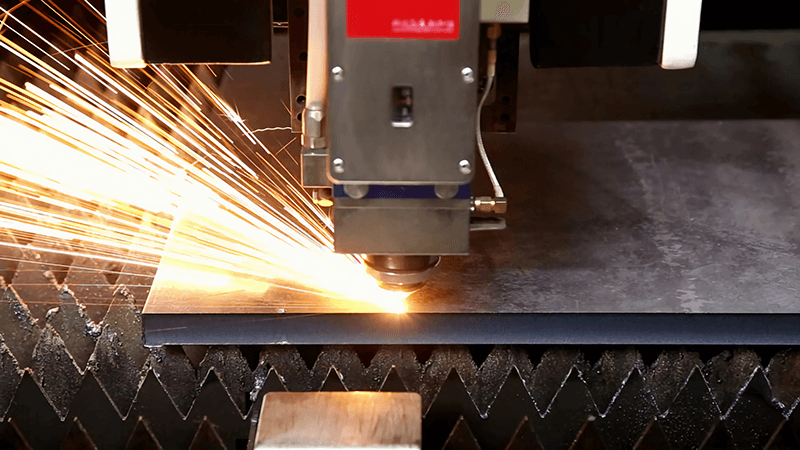
How thick can a 2000 watt laser cut?
If you're using a 2000W fiber laser, you might be wondering just how thick a material you can cut with it. While power is important, the type of material you're working with also plays a key role.
A 2000W laser can typically cut materials up to 8mm in thickness, including stainless steel and aluminum. However, the quality of the cut depends on various factors, including cutting speed, gas pressure, and material properties.
A 2000W fiber laser6 is a versatile machine that can handle cutting up to 8mm thick stainless steel with relative ease. It’s also effective for cutting aluminum, brass, and other non-ferrous metals. However, the cutting quality and speed7 will vary depending on the material.
- Stainless Steel: A 2000W laser cutter can cut stainless steel up to 8mm thick with good speed and quality. For thicker materials, higher power would be required.
- Aluminum: Aluminum is more reflective than steel, so it’s more challenging to cut. A 2000W laser can cut aluminum up to 6mm thick effectively.
- Mild Steel: Mild steel can be cut much faster than stainless steel or aluminum, with a 2000W laser able to cut through 8mm thickness at high speed.
For example, at Kirin Laser, our 2000W fiber lasers are perfect for industries such as automotive, where speed and quality matter. The ability to cut thinner to medium thickness materials with precision helps maintain a balance between cost-effectiveness and performance.
| Material | Maximum Thickness (2000W) | Cutting Speed |
|---|---|---|
| Stainless Steel | Up to 8mm | Moderate to Fast |
| Aluminum | Up to 6mm | Moderate |
| Mild Steel | Up to 8mm | Fast |
When selecting a 2000W laser, it’s important to consider the specific needs of your application. With the right adjustments to cutting parameters, you can achieve precise cuts with minimal edge defects, improving your overall product quality.
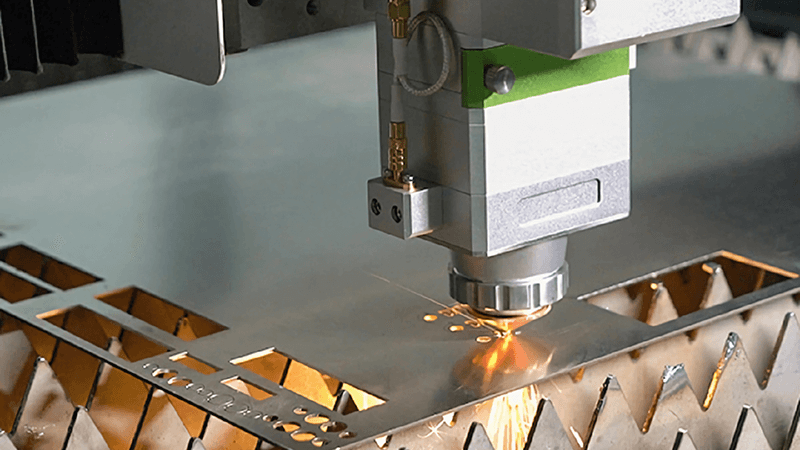
What can a 200 watt laser cut?
A 200W fiber laser is a low-power but effective tool, especially for certain materials. But how far can it go in terms of cutting capabilities? Let’s find out.
While a 200W laser isn’t ideal for thick materials, it’s perfect for cutting thinner materials like thin stainless steel, brass, and non-metal materials like wood and acrylic. It's also great for engraving and marking.
A 200W laser8 cutter is often used for engraving, marking, and cutting thin materials. It’s particularly effective in industries that focus on smaller components or detailed work.
- Wood: A 200W laser is perfect for cutting and engraving wood, ideal for industries like signage and decorative crafts.
- Acrylic: Acrylic cutting with a 200W laser is fast and clean, making it ideal for the production of signage and displays.
- Thin Metals: While not suitable for cutting thick metal sheets, a 200W laser can handle thin metals up to 1mm or 2mm, commonly used in jewelry and electronics.
While a 200W laser isn’t designed for heavy-duty cutting, its precision makes it an excellent tool for industries requiring fine details and small components. It’s cost-effective for smaller-scale operations and offers a great entry point for businesses just starting out with laser technology.
| Material | Maximum Thickness (200W) | Ideal For |
|---|---|---|
| Wood | Up to 5mm | Engraving, signage |
| Acrylic | Up to 5mm | Display manufacturing |
| Thin Metals | Up to 2mm | Jewelry, small components |
At Kirin Laser, we often see clients using 200W lasers for detailed work in industries like signage and engraving9, where precision is more important than material thickness.

Conclusion
Understanding the power of a laser cutting machine10 is essential for selecting the right tool for your needs. Whether you’re working with thin metals or thick materials, the right laser power will ensure that your cuts are precise, efficient, and cost-effective. At Kirin Laser, we help our clients choose the perfect laser cutters to meet their production goals, offering reliable solutions for a wide range of applications.
-
Explore the benefits of fiber lasers, including efficiency and precision, to enhance your cutting processes. ↩
-
Discover the industries that rely on heavy-duty cutting machines and their specific needs for power and precision. ↩
-
Understanding cutting parameters is crucial for achieving optimal results in laser cutting, ensuring quality and efficiency. ↩
-
Explore this link to understand the capabilities and applications of a 500W laser cutter for your business needs. ↩
-
Discover the benefits of using a 1kW laser cutter, including its versatility and material handling capabilities. ↩
-
Explore this link to understand how a 2000W fiber laser can enhance your metal cutting processes and improve efficiency. ↩
-
This resource will provide insights into how material types affect cutting quality and speed, crucial for optimizing your projects. ↩
-
Explore this link to understand the diverse applications of a 200W laser cutter in various industries. ↩
-
Discover the techniques and benefits of laser engraving, enhancing your knowledge of this precise art. ↩
-
Find the best laser cutting machine and laser cutting solutions from Kirin Laser, clicking this link to get all your needs. ↩

